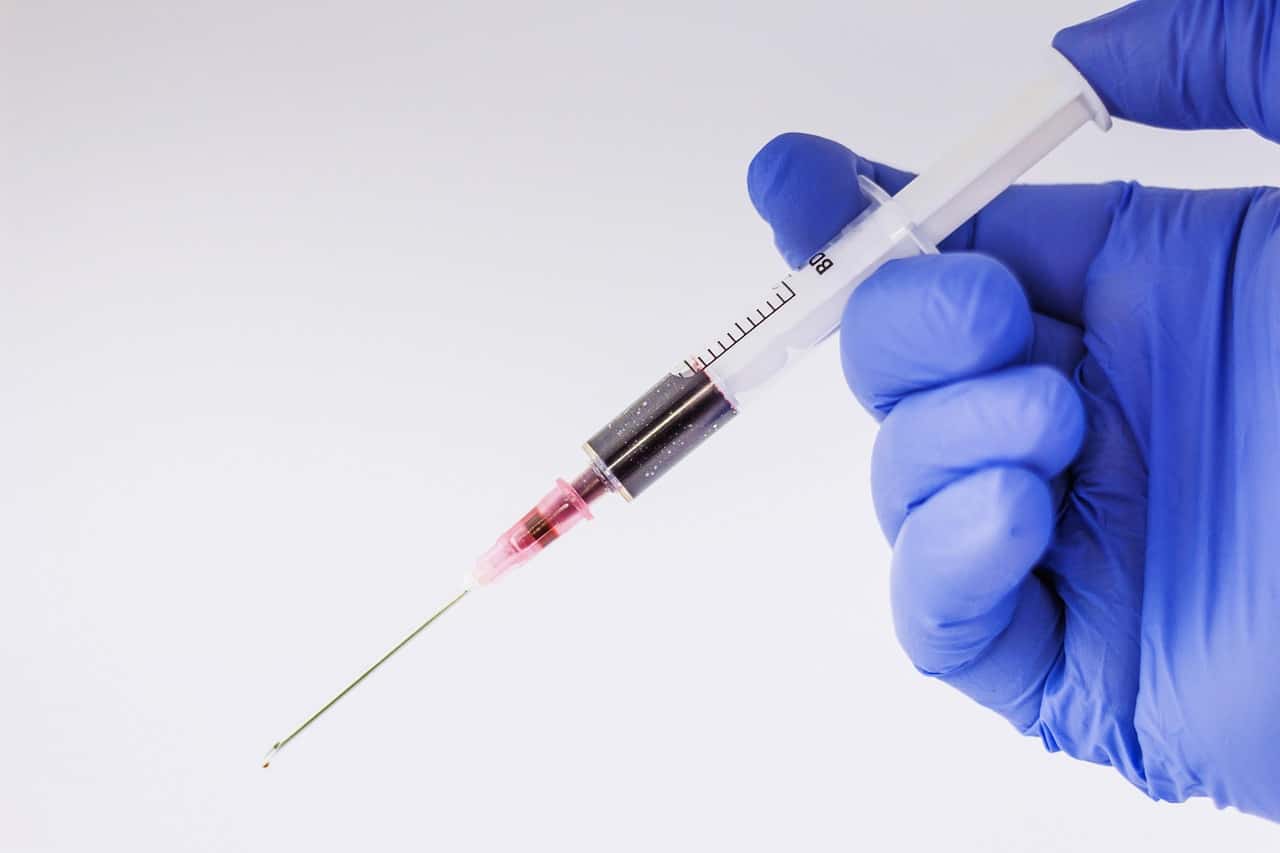Testosterone is the main male hormone and is produced in significant amounts by the testicles and in lesser amounts by the adrenal glands. Although both men and women produce testosterone, men make far more of this hormone than do women. As men get older, they often wonder when they should have their testosterone levels checked.
Testosterone plays a defining role in determining male characteristics and in influencing typical male functions. Therefore, it makes sense that maintaining a healthy level of this hormone would be important for a man’s health. The best way to determine a man’s testosterone level is to undergo a simple blood test. Here’s what you should know about testosterone, testosterone testing, and when you should have your testosterone levels checked.
Testosterone levels
In males, testosterone levels are typically low until boys they reach puberty, during which hormone levels rise and affect a number of male characteristics, including deepening voice, muscle development, sperm production, and body hair production. Testosterone also has an impact on brain function, bone mass, distribution of fat in the body, energy levels, and sexual functioning. Production of testosterone reaches its peak around age 40, after which it begins to decline at a rate of about 1 percent per year.
Most of the testosterone in a man’s blood is attached to a protein called sex hormone bind globulin (SHBG). The remaining testosterone is called “free testosterone” and is not bound to anything. Testosterone testing can be done to determine the levels of both bound and free testosterone.
Do you need testosterone testing?
Adult males may choose or be asked to undergo testosterone testing for several reasons, and the main ones can be placed into three general categories:
- Infertility: men who are having difficulty fathering a child may be tested to determine if abnormally low testosterone may be a factor
- Hormone therapy: men who are being treated for prostate cancer with hormone therapy may undergo testosterone testing to determine if the therapy is reducing hormone levels as it should
- Male menopause (andropause): As men age, their testosterone levels decline gradually and naturally. Some men experience symptoms associated with lowered testosterone levels that prompt them to consider testosterone replacement therapy. Some of those symptoms can include erectile dysfunction, lack of libido, depression, difficulty concentrating, reduction in muscle mass accompanied by an increase in body fat, bone loss, decline in hemoglobin, and loss of body hair.
In cases of infertility and male menopause, men and their healthcare providers may elect to administer testosterone therapy. This is a decision that should be made after considering all the risks and benefits.
How testosterone testing is done
A testosterone test is a simple procedure that involves drawing a blood sample from a vein. The best time to take a testosterone test is in the morning between 7 and 10 AM because hormone levels are highest at that time. A technician will wrap an elastic band around our upper arm to help make the veins in the lower arm larger. A needle is inserted into the vein and blood is drawn up into a tube. The needle is withdrawn and a piece of gauze or cotton ball is placed over the needle insertion site, and you will be asked to apply pressure.
Results of a testosterone test
The normal range of testosterone for men is 300 to 1,000 ng/dL (nanograms per deciliter). Abnormally high testosterone levels may mean indicate cancer of the testicles, androgen resistance (resistance to the activity of testosterone), or congenital adrenal hyperplasia (early appearance of puberty and male characteristics).
If you have abnormally low testosterone, which is more common, it may indicate an inability of the pituitary gland to produce normal levels of hormones, infection, chronic liver or kidney disease, type 2 diabetes, obesity, or a noncancerous tumor of the pituitary cells. Some medications also may lower testosterone levels.
The presence of elevated or abnormally low testosterone levels typically is a trigger for additional tests to uncover the cause unless the patient has known causative factors. The course of treatment, if any, will depend on the cause of the abnormal testosterone level and should be discussed with your healthcare provider.
Read more in our Low T Health Center.
